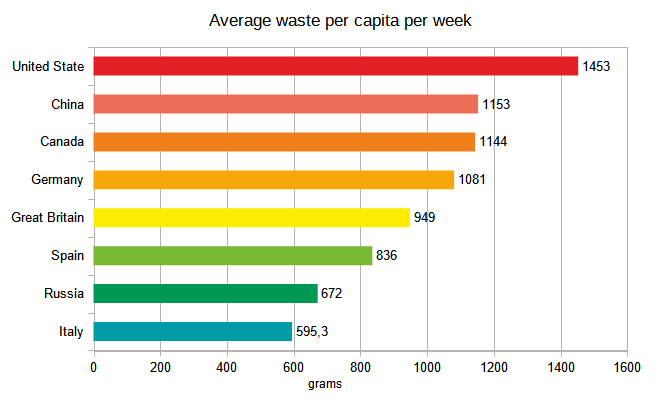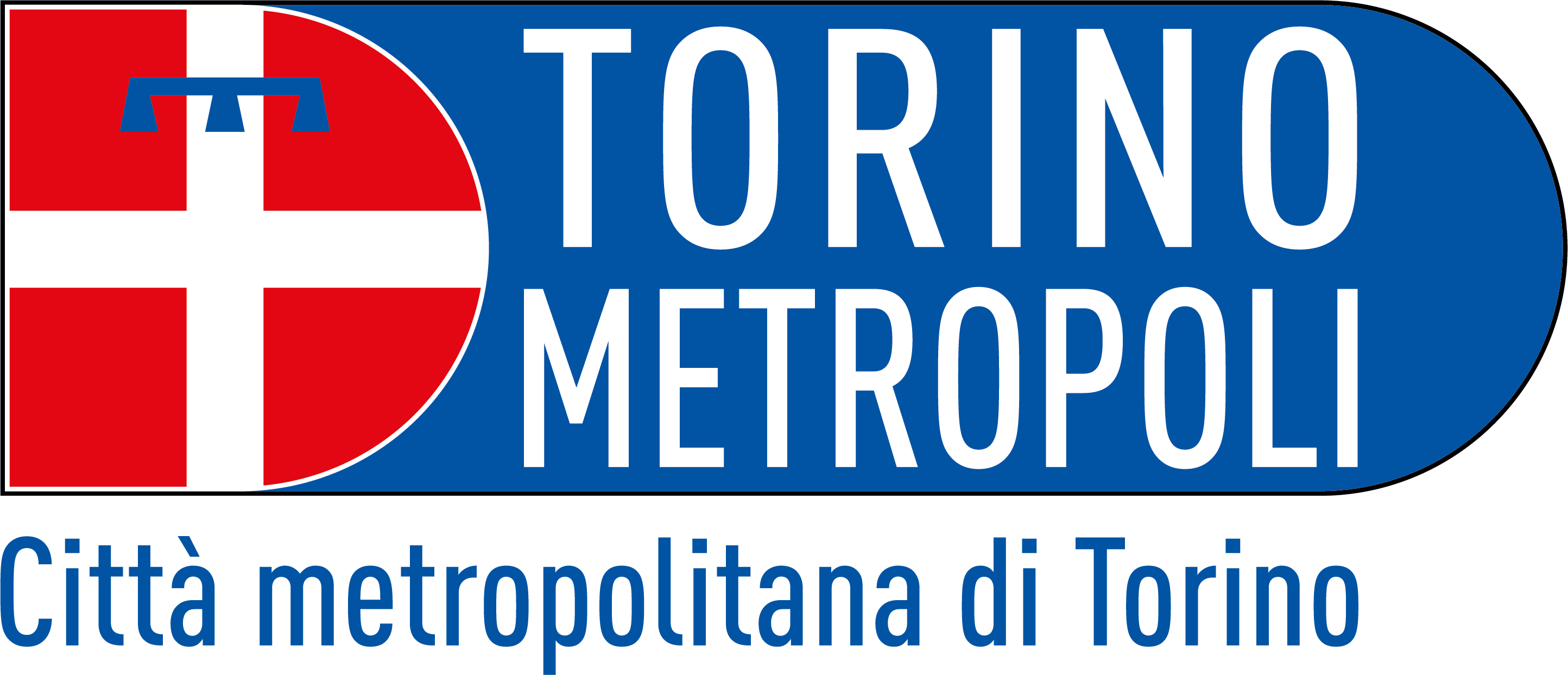Food waste is defined as the phenomenon of losing food products that are still edible. This has strong impacts on several spheres: it affects the environment, energy, economics and not least ethics. The most recent studies that attempt to calculate its impact are divided by dividing the concept of food waste into two parts, according to the stage in the production and consumption chain at which it occurs. Food loss, as defined by the FAO (Food and Agriculture Organization), is waste along the first links of the product chain (production, harvesting, storage and processing) for human consumption. Food waste, on the other hand, occurs in the last links, at the level of trade and consumption.
According to the FAO's Food Loss Idex on the planet, 13.30% of the food produced for human consumption is lost in the stages from production up to and including retail sale (data referring to 2020). In Southern Europe, this figure stands at 7.10%, while the highest and lowest values are 4.60% in Eastern Europe and 24.80% in West Africa. Part of the reason for this can be found in the type of products. In West Africa, most of the food industry is centred on the cultivation of fruit and vegetables, products whose spoilage occurs very quickly without the aid of preservation devices. Furthermore, the know-how and technical innovation in the food industry of the countries in this area is very low. In the Eastern European area, on the other hand, crops are grown on cereals, i.e. goods with a longer shelf life than fruit and vegetables and much easier to store. In addition, the technical knowledge of companies operating in these countries has improved over the last 10 years thanks to substantial investments. The most common reasons that lead producers to generate food losses are as follows:
- Fear of pest infestations or extreme weather phenomena leads farmers to plant more than they should supply. The higher cost of production is accepted by farmers because of the security gained in the event of crop losses.
- A poor quality grain or a product that does not meet distributors' (and therefore consumers') standards, usually merely aesthetic, is discarded, exacerbating the final cost of the product, both in economic and ethical and sustainability terms.
- In unfavourable market conditions, it is more convenient for farmers to waste their crops when earnings cannot cover the costs of labour, transport and packaging. This practice is widespread nowadays, due to a market full of low-cost competition and regulatory production constraints.
If we shift the focus to food waste, according to the Food Waste Index Report of the UNEP (United Nations Environment Programme), the Italian situation is as follows (data referring to 2021): the average waste per capita per week is 595.3 grams. This figure places our nation as the most virtuous among the G8 countries, as can be seen in the following graph:

Shifting the magnifying glass to our peninsula, the most wasted foods are:
- fresh fruit: 25.50g;
- salad: 21.40g;
- bread: 20.00g;
- vegetables: 19.50g;
- onions, garlic and tubers: 18.70g.
What are considered to be the main negative aspects of food waste? At the top of our concerns is the waste of money, experienced as the most serious aspect by more than 8 out of 10 Italians (85%). Managing food goes hand in hand with managing the household budget, but there is also the diseductive effect on young people, the inherent immorality of wasting food and resources, and environmental pollution.
There are also several tactics to deal with food waste. Purchasing strategies include: periodic purchase of products with a long expiry date and frequent purchase of fresh produce; organising the fridge and pantry on the basis of the expiry date of the products purchased; buying small sizes or in general sizes suitable for the size of one's household; making a shopping list according to a weekly menu; favouring the purchase of products with a long shelf life. Good habits regarding the consumption of products are: eat perishable food first; carefully assess the quantity and therefore the portions before cooking; store leftover food and reuse it in later recipes; check whether food that has expired a day or two ago is actually no longer edible and therefore to be thrown away.
What could be further solutions?
In addition to the good practices listed, there are several initiatives to reduce food waste, both by individuals and institutions. The main ones are:
- Apps: apps are becoming increasingly popular on the market nowadays, which allow people to buy food that traders or shops would throw away because it is no longer considered 'fresh' or 'of the day' but still in perfect condition and within the expiry dates. An example that has caused a lot of fuss in Italy is the 'Too Good To Go' app. For fruit and vegetables thrown away according to consumers' aesthetic standards, one can use 'Babaco Market' or 'Bella dentro' for their recovery. On beataladifferenziata.it you can find a list of several useful sites and apps to combat food waste.
- UN Agenda: by 2030, the UN has set the Sustainability Goals. The fight against food waste is the second goal on the Agenda list. The UN encourages countries with more food waste to move towards a circular and green economy, respecting the environment and ethics.
- Farm to Fork: the heart of the European Green Deal, a 10-year strategy that aims to transform the food system by making it more sustainable. Farm to Fork is the first food policy attempt to provide measures and rules for the entire food chain, from producers to consumers. The objectives to be achieved are: to have a neutral or positive environmental impact, helping to mitigate climate change and adaptation to its impacts; to mitigate biodiversity loss; to ensure food security, nutrition and public health by ensuring that everyone has access to sufficient, safe, nutritious and sustainable food; to preserve the affordability of food while generating fairer economic returns, promoting the competitiveness of the EU supply sector and promoting fair trade.
Also in this area, it is necessary to keep in mind the principle of the 3 Rs. Reduce, Reuse and Recycle, the three pillars on which the transformation from Linear to Circular Economy is based, are indeed fundamental to finding a solution to food waste.
More information on reducing food waste can be found on our website.
Alessio Haberstumpf
